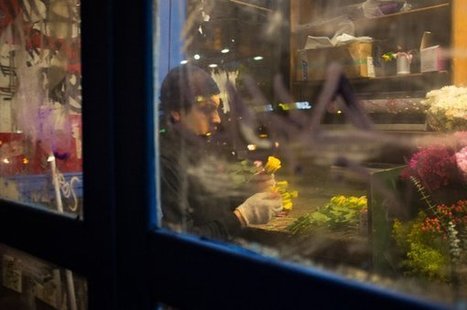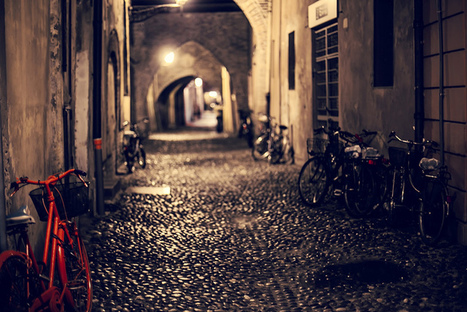"There was once a time that I didn’t think much about my family stories. It’s not that I didn’t care, but I just didn’t make time for it. I think what changed my course was having children. They start asking me questions like, “did you do that when you were a kid?” Or maybe it went more like, “back in the olden days did you…?”
Once I had children, I realized that it was important to share my stories of childhood and family with them. One of the best story prompts is a picture, and it only takes one to start the journey."
Read the full article to find out more about using pictures as story prompts as well as an example of telling a story with a photo.



 Your new post is loading...
Your new post is loading...























I love the idea of adding items to a photograph as they did in this article. It can really enhance the story or fill in gaps.